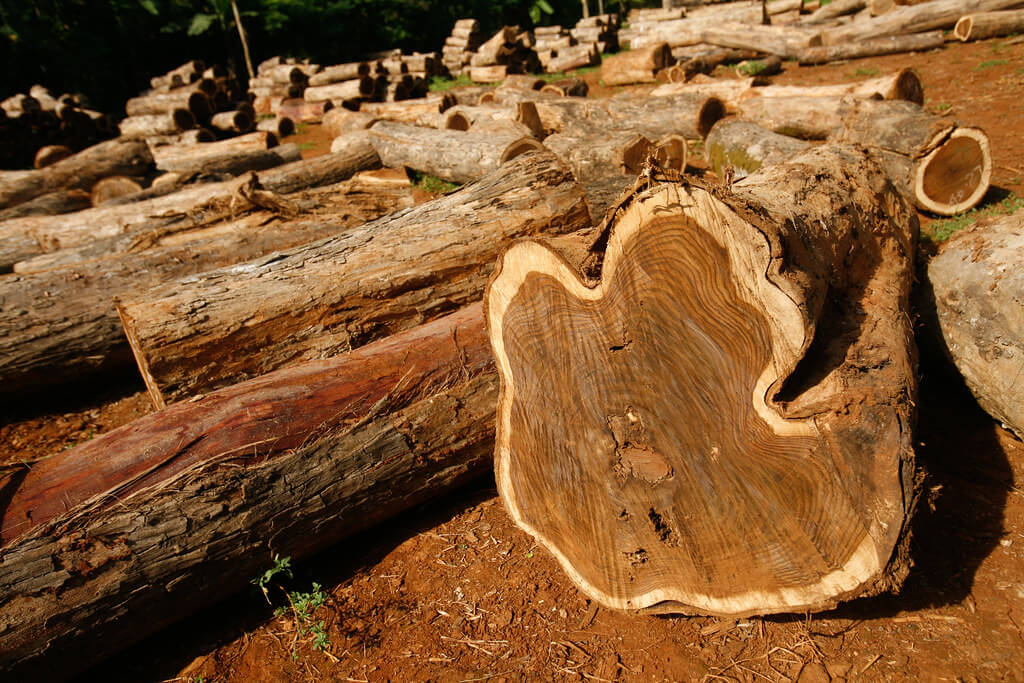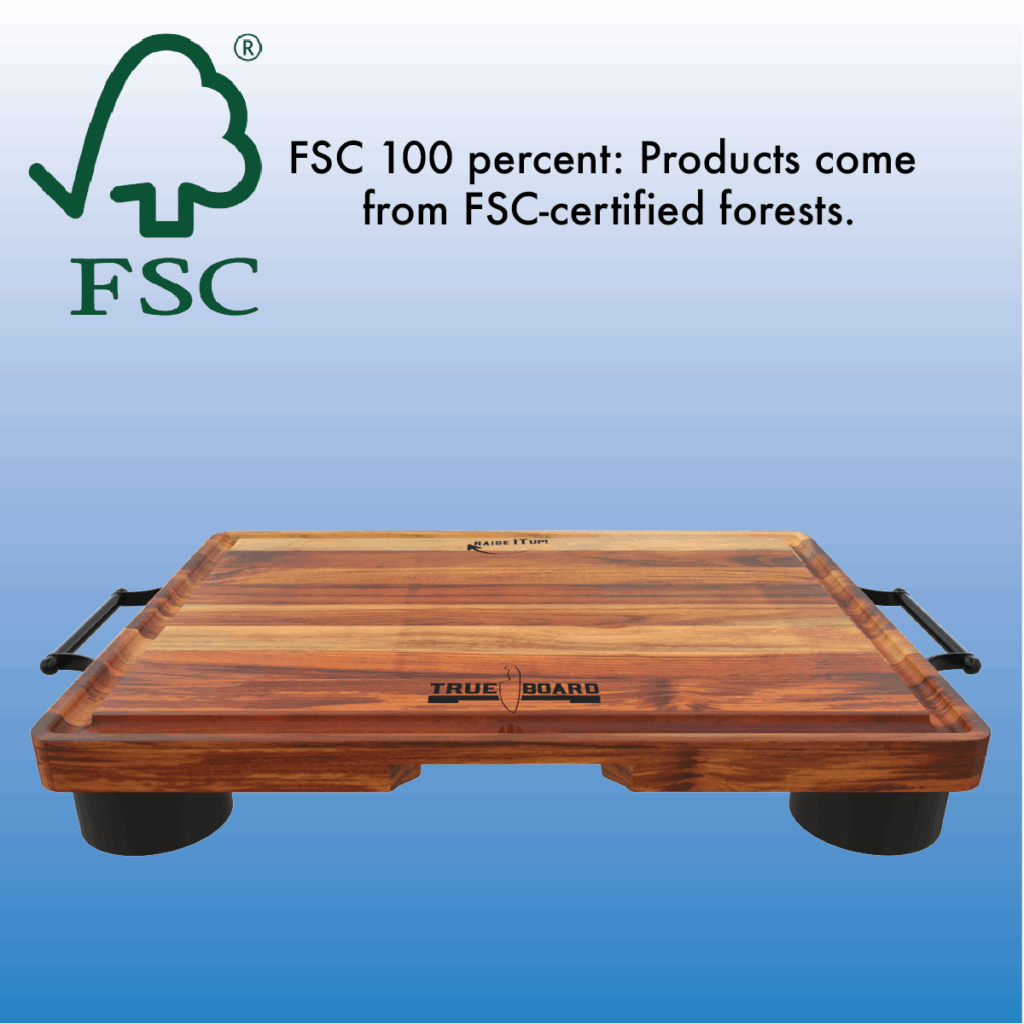
Why Teak Wood Is the King of Cutting Boards
Table of Contents
Categories
If you’ve ever shopped for a quality cutting board, you’ve probably seen a few popular choices: maple, walnut, bamboo — and teak. But what makes teak so special? And why do so many chefs, home cooks, and craftspeople swear by it?
Here’s a closer look at what makes teak stand out, and why it’s earned its reputation as one of the best materials you can choose for your kitchen.
🪵 What is Teak, Anyway?
Teak is a tropical hardwood that’s native to Costa Rica in Central America and Southeast Asia. For centuries, it’s been prized for its strength, water resistance, and natural beauty. You’ll find teak in everything from boat decks to outdoor furniture — and, more recently, high-quality kitchen tools.
But what really sets teak apart is how well it performs in the daily wear and tear of food prep.
1. Gentle on Knives
One of the biggest frustrations for cooks is watching good knives dull quickly. Some cutting boards — especially glass, cheap bamboo, or plastic — are either too hard or develop deep cuts that wear blades down.
Teak, on the other hand, has a tight, self-healing grain that’s soft enough to be knife-friendly yet durable enough to handle years of chopping. When cared for properly, your knives stay sharper, longer.
2. Naturally Resistant to Water and Bacteria
Teak contains natural oils that make it less prone to soaking up moisture. This matters in the kitchen, where water, meat juices, and fruit liquids can create a breeding ground for bacteria.
Unlike porous softwoods, teak’s tight grain and oil content help it resist warping, cracking, and deep staining — all while staying sanitary with regular cleaning and oiling.
3. Built to Last
A good cutting board is an investment — not something you want to replace every few months. Teak’s natural strength and oiliness mean it stands up to daily chopping, heavy roasts, and whatever else you throw at it.
With simple care — washing by hand, drying properly, and oiling when needed — a teak board can last for many, many years.

4. A Sustainable Choice (When Sourced Right)
Teak’s durability is a big win for sustainability — a board that lasts decades creates far less waste than cheap plastic or low-quality bamboo that needs constant replacing.
The key, however, is responsible sourcing. Plantation-grown, FSC-certified teak helps protect natural forests while providing communities with renewable income. If you’re investing in teak, it’s worth checking the source.
5. It Just Looks Good
Function matters first — but let’s be honest, beautiful tools make the kitchen feel like a place you want to be. Teak’s rich golden-brown tones and subtle grain patterns add warmth to any countertop and double beautifully as a serving board when guests come over.
🗝️ Is Teak for Everyone?
Like any good tool, teak isn’t perfect for everyone. It does cost more up front than plastic or cheap boards, and it does require basic care — hand washing, oiling, and storing dry. But if you enjoy cooking and want tools that feel good to use every day, teak is hard to beat.
👨🍳 Choosing a Good Teak Board
If you’re thinking about getting a teak board, look for a few signs of quality:
✔️ Responsibly sourced, preferably FSC-certified.
✔️ Made from solid, thick slabs — not thin glued pieces that can split.
✔️ Thoughtful design: handles, grooves, or double-sided use add value.
✔️ Easy to maintain with simple oiling.

🌟 A Small Upgrade, A Big Difference
At the end of the day, the best cutting board is the one you’ll reach for every time you cook. Teak’s durability, knife-friendliness, and natural beauty make it a favorite for good reason — and a small daily upgrade that can make prepping a meal feel just a bit more satisfying.
Curious about teak boards? Explore what makes a well-crafted one different — your knives, your meals, and your kitchen will thank you. TheTrueBoard.com

